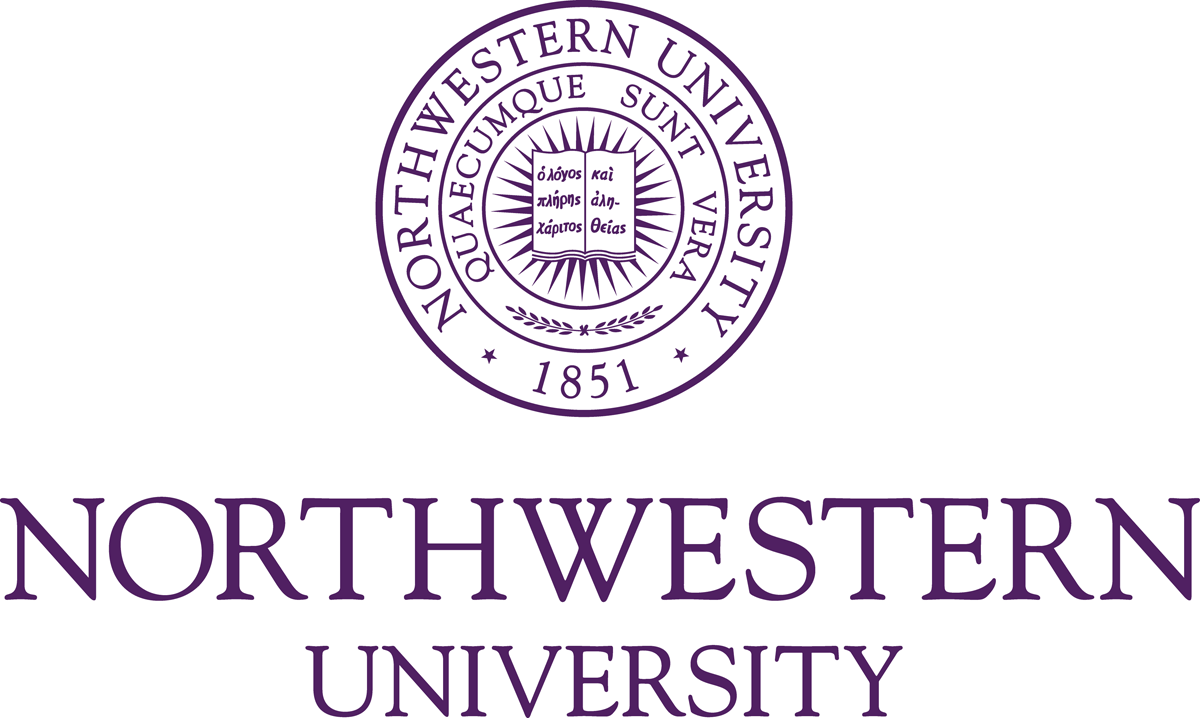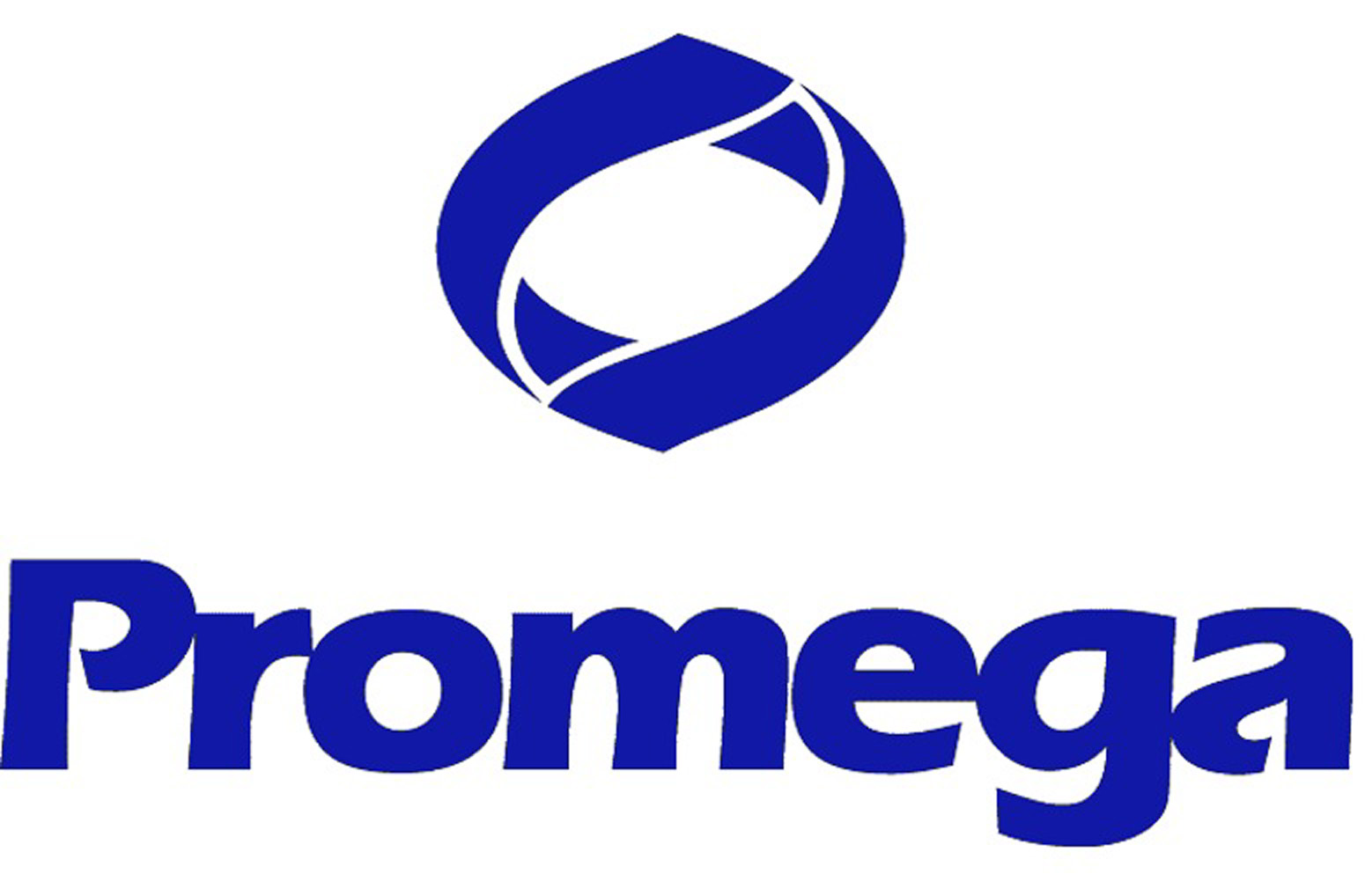Team:Northwestern
From 2010.igem.org
(Difference between revisions)
(→Project Description: Bacterial Skin) |
|||
| Line 53: | Line 53: | ||
*Abdominal adhesion treatment | *Abdominal adhesion treatment | ||
*Antibacterial and antifungal agents | *Antibacterial and antifungal agents | ||
| - | *Treatment of mucous membranes | + | *Treatment of mucous membranes |
| - | *Tumor therapies | + | *Tumor therapies |
*Microsurgery and neurosurgery | *Microsurgery and neurosurgery | ||
*Treatment of chronic wounds, ulcers and bleeding (chitin powder) | *Treatment of chronic wounds, ulcers and bleeding (chitin powder) | ||
| Line 62: | Line 62: | ||
<u>Industrial Use</u>: | <u>Industrial Use</u>: | ||
| - | *Food/Pharmaceutical thickener, stabilizer | + | *Food/Pharmaceutical/Agricultural/Cosmetic thickener, stabilizer |
| - | *Water resistant | + | *Water resistant properties |
| - | + | ||
| - | + | ||
| - | + | ||
| - | + | ||
*Dietary supplement | *Dietary supplement | ||
| - | *Water | + | *Water purification |
| - | + | ||
| - | + | ||
*Biodegradable | *Biodegradable | ||
| - | * | + | *Edible microcrystalline films used to preserve food |
*Sequestering of particles (i.e. oil) | *Sequestering of particles (i.e. oil) | ||
Revision as of 08:24, 16 July 2010
| Home | Brainstorm | Team | Acknowledgements | Project | Side Project | Parts | Notebook | Calendar | Protocol | Safety | Links | References | Media | Contact |
|---|
Contents |
Project Description: Bacterial Skin
- Our main project is to simulate mammalian skin using chitin in E. Coli. This process involves four major components: Lawn Formation, Chitin Synthesis, Bacterial Apoptosis, and lac-Operon Signaling.
- A thick bacterial lawn is generated by plating ydgG knock-out mutants (acquired from the Keio Collection) in an enriched agar plate. The protein product of ydgG plays an integral role in AI-2 transport. ydgG knock-outs exhibit increased motility which should ultimately allow for a thick and level lawn.
- The 3.5kbp Chitin Synthase III gene is extracted from the Saccharomyces Cerevisiae genome. Chitin Synthase III catalyzes the polymerization of chitin by transferring UDP-N-acetyl-D-glucosamine to an N(1,4 N-Acetyl-beta-D-glucosaminyl) to produce N+1(1,4 N-Acetyl-beta-D-glucosaminyl).
- Apoptosis of cells is achieved by using the bacteriophage lysis cassette built by the Brown '08 iGEM Team. The cassette includes Holin, Endolysin, and Rz Protein genes. These enzymes puncture and degrade the cell membrane which results in lysing of the cell and the release of synthesized chitin.
- Once the lawn is established, an IPTG solution is sprayed over the lawn to induce chitin synthesis (fast response) and apoptosis (slow response). IPTG mimics allolactose which binds to the LacI repressor, causing LacI to detach from DNA and allowing RNA Polymerase to begin transcription. This will allow for a build-up in chitin followed by apoptosis and subsequent release into the extracellular environment. Thus, any abrasions to the chitinous surface can be repaired by spraying IPTG.
- In mammalian skin, mitosis occurs in the basal layer of the epithelial cells and cells travel outwards towards the surface of the skin as they mature. As the cells move further away from the basal layer, they begin to die due to lack of nutrients. As they die, their cytoplasm is released and the cells are filled with keratin, thus forming a continuously regenerating protective layer on the outer-most part of epithelial layer. Our project is modeled after this. The bacterial lawn produces chitin only at the top-most layer and these cells then undergo apoptosis to result in the formation of a chitinous layer at the surface of the lawn. The critical difference is that the bacterial colony is not internally controlled (controlled by IPTG spray), but this is something that can be remedied and a possible goal for future teams.
SIGNIFICANCE OF CHITIN:
Medicinal Use:
- Wound and burn treatment/healing
- Hemostasis for orthopedic treatment of broken bones
- Viscoelastic solutions for ophthamology and orthopedic surgery
- Abdominal adhesion treatment
- Antibacterial and antifungal agents
- Treatment of mucous membranes
- Tumor therapies
- Microsurgery and neurosurgery
- Treatment of chronic wounds, ulcers and bleeding (chitin powder)
(http://www.gmp-chitosan.com/en/products-services/chitin.html)
Industrial Use:
- Food/Pharmaceutical/Agricultural/Cosmetic thickener, stabilizer
- Water resistant properties
- Dietary supplement
- Water purification
- Biodegradable
- Edible microcrystalline films used to preserve food
- Sequestering of particles (i.e. oil)
Side Project: Magnetite Production
Our side project is to synthesize superparamagnetic magnetite nanoparticles in E Coli.
Nano-manipulation of magnetite particles, which can lead to a plethora of advances, especially in research technology and biomedical technology.
Understanding and utilization of magnetotaxis and/or magnetoception in bacteria.
Possible production and use of ferrofluid, a paramagnetic or superparamagnetic fluid.
Ability to create uniform nanoparticles will further nanotechnology. (biotech is nanotech that works)
Northwestern University
[http://en.wikipedia.org/wiki/Northwestern_University Northwestern University]
 "
"



